Whose Turn is it Anyway?
The idea of games is integral to the art practice of the collective formed by Jiten Thukral and Sumir Tagra, popularly known as Thukral & Tagra (T&T). Over an exclusive interview, T&T talk about the book-series they are currently working on with Prayas Abhinav, an artist, curator and entrepreneur, and why a sense of play is important in how we perceive art.
Rahul Kumar
Edited excerpts from the conversation
Please talk about the very first game you created. What was that experience like and what was your learning from it?
Jiten Thukral (JT): ‘Match fixed’ in 2010 was the first full-blown ‘game’ installation which acted as a viewfinder to understand the situation of women in peri-urban areas in Punjab. The acts of making works on any social trauma should be seen with utmost responsibility, and in order to do justice, we needed to develop an anchor that was an inherited part of the culture. Continuing our interests into the Indian diaspora, Match Fixed/Fixed Match curated by Jerome Sans was conceived for Ullens Center for Contemporary Art in 2010 – in response to the ‘holiday wives’ in Punjab as a cultural puncture, where the idea of migrating abroad is frought with desperation and negotiations. Extending the vocabulary into games, as a part of the exhibition, an indigenous sport of kabaddi ground was made, where one could witness the actual scenario of the lives of women as holiday wives. We worked with the Doaba region in Punjab, where there were over 30,000 reported cases of women who have been abandoned by their NRI (non-resident Indian) husbands. It is a satirical arrangement of marriages in India’s northern state of Punjab, where many young men emigrate abroad to establish successful careers and return home briefly to enter into arranged matches with ‘suitable’ local girls. The exhibition featured six life-sized human trophies of NRI husbands as life-sized catches with 24-carat gold leaf, television sets playing interviews by deserted wives, portraits of ‘runaway husbands’ glimpsed through airplane windows and ornate everyday objects.
Sumir Tagra (ST): For us, there has been constant exchange and borrowing from the vocabulary of sports. I feel that the studio practice of an artist is a ‘sandbox’ since the idea of failure and success is a constant exercise. This allows for things to expand from a spark to a larger meditative process that can go on for decades. Our initial works started with metaphors and tropes as expansions, which allowed the process to draft deeper meanings about the origins and their popular culture. From the simple abstraction of a set of rules, we started extrapolation of new meanings about the exercised game. These assumptions acted as rejects, and these failed attempts built the practice of making things unknown.

What was the first game you ever played or maybe the games that comprised your respective childhoods, and what are some of the memories associated with it that continue to reflect in your practice?
JT: I come from a small town, Jalandhar, in Punjab, and my dad was one of the keepers of a wrestling round in the centre of the town. The akhara was given to four people chosen from each religion in order to continue and grow this as a public centre. I have grown up playing there, but never played wrestling, as I felt shy in front of the six-and-a-half-feet-tall peers of mine. The values of early childhood stay on and one negotiates constantly about the pain and pleasures keeping that value system as a yardstick. But I was always curious about the aesthetics of the game, and seeing my father lifting a huge iron gadder every morning acted as a performance piece in my mind.
ST: Table tennis acted as a breather in my early days. Middle of school classes and breaks were always filled with the sound of ping pong balls.
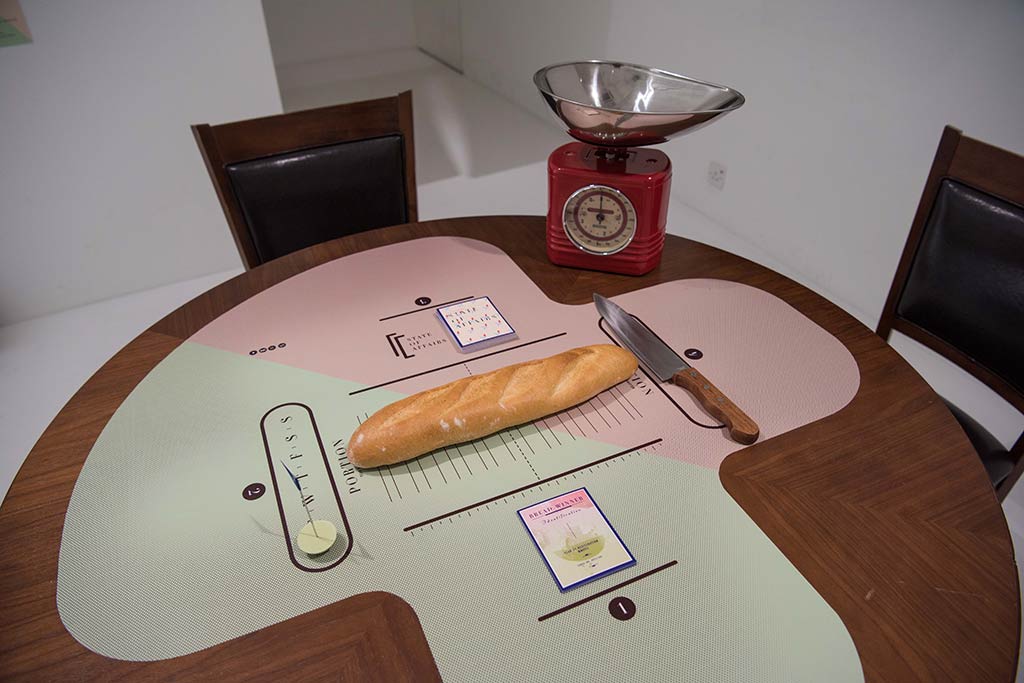
The idea of game and game-theory can be very technical. Which are some of the unique gaming mechanisms that you have used in your projects? How did you choose these?
ST:The idea of making an art-game should be a multi-disciplinary approach to address a scenario. Can we then see this as a systematic artistic process? According to artist Sir Don Pavey, after surveying hundreds of gaming concepts, he insisted on the following four basic categories: Scenario, the subject matter; Strategy, thinking and consciously listing logical components, making the player a planner; Teamwork, involves cultural and social group understanding; and, finally, Tactics, the manoeuvres over the field of play. He also keeps two essential factors, more relevant in today’s time because of the lack of attention and distraction than ever before, and they are the sense of achievement and enjoyment.
JT: These four aspects of gaming can be seen as art producing process. As we both operate in a timeline to produce works, these steps are essential to making things in an organised but organic manner. Prayas is not wrong in saying that producing more of the same is not interesting. We hope that with our work the viewer is immediately shaken from the default position of either seeking the direct messages of activism or carefully considered positions of academics.
When does a game stop being only a game and become a full-fledged artistic experience?
ST: When the games of imagination and situations have to be lived. They are activities carried out for a specific purpose. The action is not the outcome but the passing through this tunnel of knowledge that can be seen in multiple senses, narration, the making of memory, being aware and being present. For instance, in one of the works, the ‘Water’ version of Walk of Life (2015), the act of playing the game can be seen as a sensorial act. The mechanics of drinking real water becomes the performance and an instrument that is key to real life. This drinking water mirrors our everyday lives and where the game is no longer a projected makeshift arrangement but a reality passing through the test of time. The overlaps on the projection and daily rituals also enable you to act. It clings to you afterwards, as a residue.
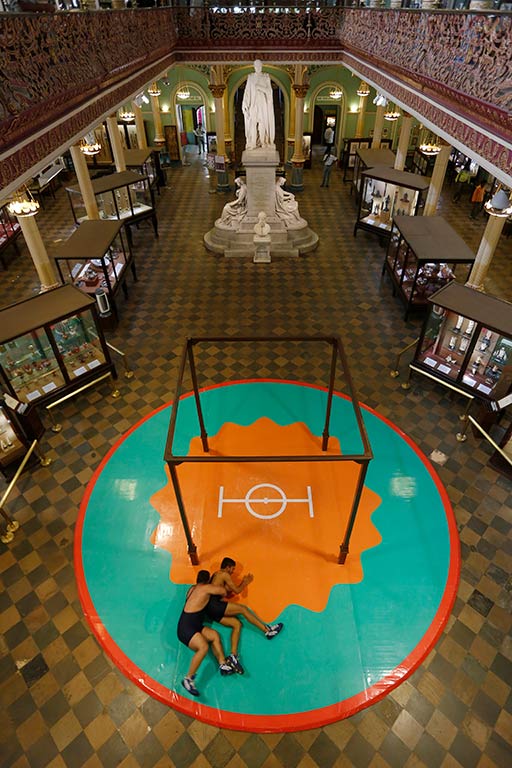
What is in the nature of play/playfulness that you think defines the aesthetics of an idea?
ST: We are interested in memory as a tool to draw the assembled spectators to engage and take the stage to complete the work of art. This open format, which is also a derivative from Oskar and Sofia Hansen’s legendary ‘Open Form’ concept, assumes that no artistic expression is complete until it has been appropriated by its users or beholders. The gestures built into the art-game making are inclusive, and open-minded, although it begins with a preconceived scenario and structure. Can the game be seen as architecture? An interesting way in which the visitors can access spaces with their own instinct, guided by signages and design. How much fluidity is considered when you are applying tactics and designing the strategy? What is the value of ‘surprise’ when we apply alternatives to conventional social modes? If the game is an open-ended proposal, how do you measure the indulgence and maintain the sincere approach of the player? And how inclusive and diverse is the game plan?
In your artworks that employ the concept of games, the experience can be truly had by those who actually play the game. Doesn’t this limit their access?
ST: The aesthetics of art games is key in order to engage the passer-by; this dual act which is the strategy to engage and furthers the value from a mere art object. Quoting Prayas on this, “In these times, access is of two types – physical and narrative. Because of the global nature of the reality we live in, it is not possible for each of us to physically experience everything. For the sake of the movement of capital and information, the fact that we are embedded within a global circuit should not be debated. As a result, information consists of what can be called a ‘virtual reality’ of our times. In these times, the experience of the games is consumed through the movies, paintings, texts and other formats that are created and shared as needed.”
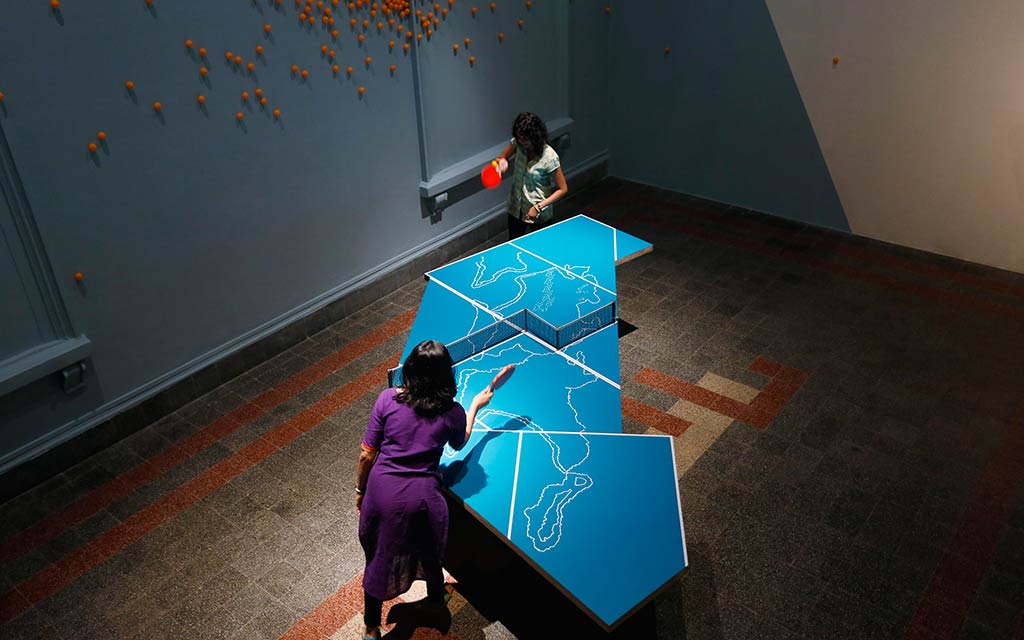
How do you imagine these works to be exhibited, collected and archived?
JT: We often ask ourselves what is the meaning of making art, if it does not reach the intended audiences? If work is kept in storage, then what is its value?
ST: Making art-games means that they should not be restricted to a select number of privileged ones. The effort and work can only be completed if it is experienced by a large audience. Institutes, offices and hospitals can be excellent sites for these experiments. Games have always been ice-breakers. They are also a tried and tested tool for education.
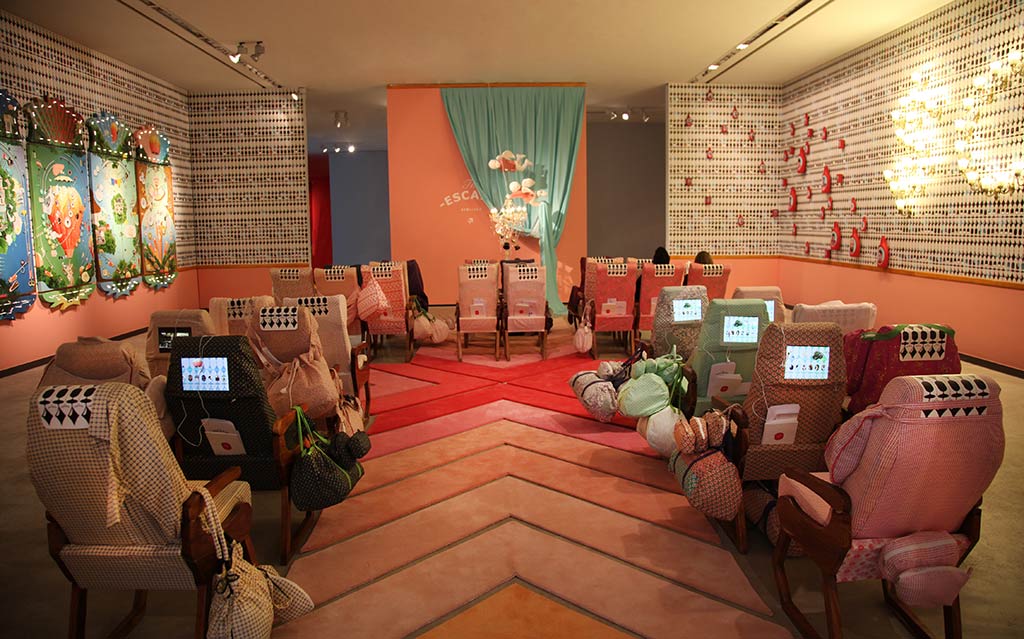
What are your current concerns that you are trying to resolve through your art-game projects? You seem to be particularly interested in the agrarian crises facing the country.
JT: We have been reaching out to the agrarian families in distress and trying to understand the problem. The farming crisis in India is not just related to farmers. It is important to think of it as a social crisis. Every thirty minutes, on an average, a farmer commits suicide. Aren’t we all aware of that? But we are busy in our urban landscape. It is through our family connections that we landed up studying the issue. Our studio worked on it extensively a few years ago, but that seems so distant now. The project Farmer is a wrestler is about understanding issues of this distressed economy and our urban status quo.
ST: Also, at our exhibition at Yorkshire Sculpture Park, we asked people to exercise certain manoeuvres which were carefully marked with pointers related to the chain of events causing distress. The viewer takes the centre stage on the wrestling mat and performs basic wrestling actions as instructed.
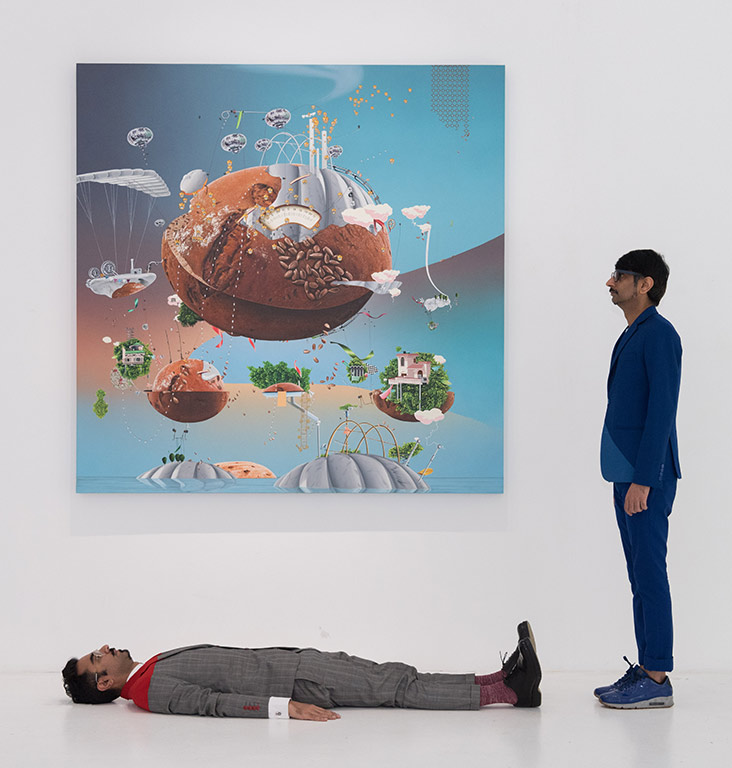
And, finally, tell us about the upcoming publication on game-theory and its intersection with your practice.
ST: The book is a result of our conversations with Prayas Abhinav. Taking a step back, we realise that we are breathing in radically strange times, where a lot melts into the air – and then comes back to haunt our daily lives. Questions around the rise of fascism, ecological destruction, jingoism, drone consciousness, hot and cold wars, post-truth, public intellect, homophobia, ethnic cleansing, transphobia, ‘honour’ killings, escalating misogynies and economic and cultural poverty are never very far from the everyday rawness of contemporary life. The questions of how we come to know what we know or how we learn to play, fight, resist, invent, take sides, escape, find pleasure, fail and make things ‘change’, and ‘work’. And raising voices was never so urgent.
JT: We call this an exercise book and not a monograph. It was Prayas’s idea. “Because the attempt is to unpack T&T projects in a discursive way and not in a declarative tone. There is space for the reader to interpret and know about the game projects in their own way.”
__________________________________________________________________________________________________________________________
All Images Courtesy of Thukral & Tagra.
Share